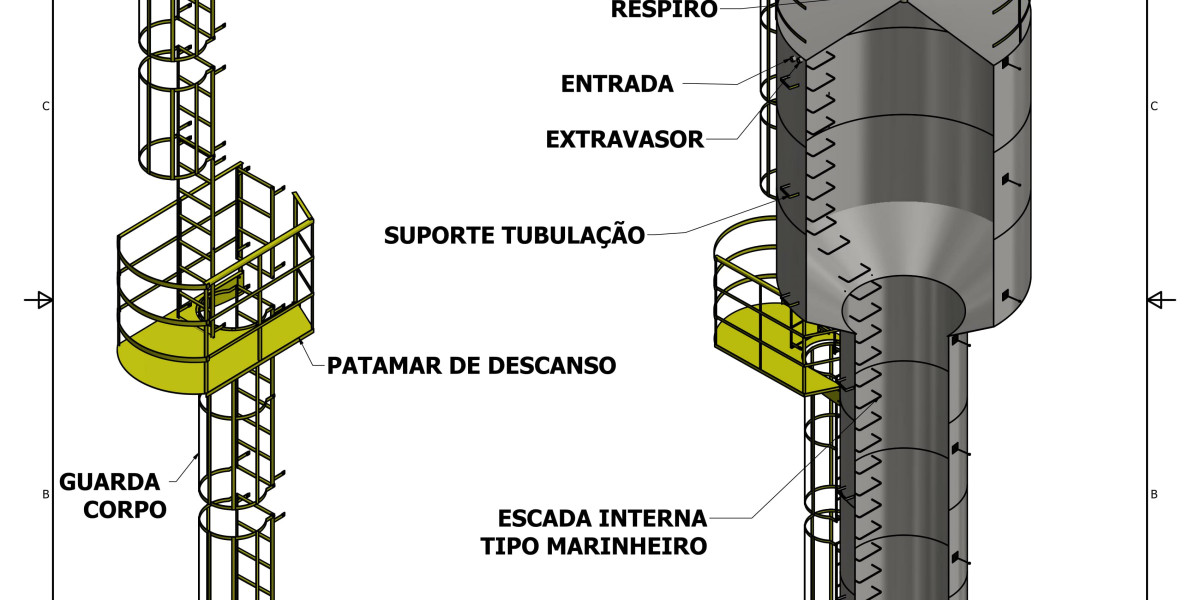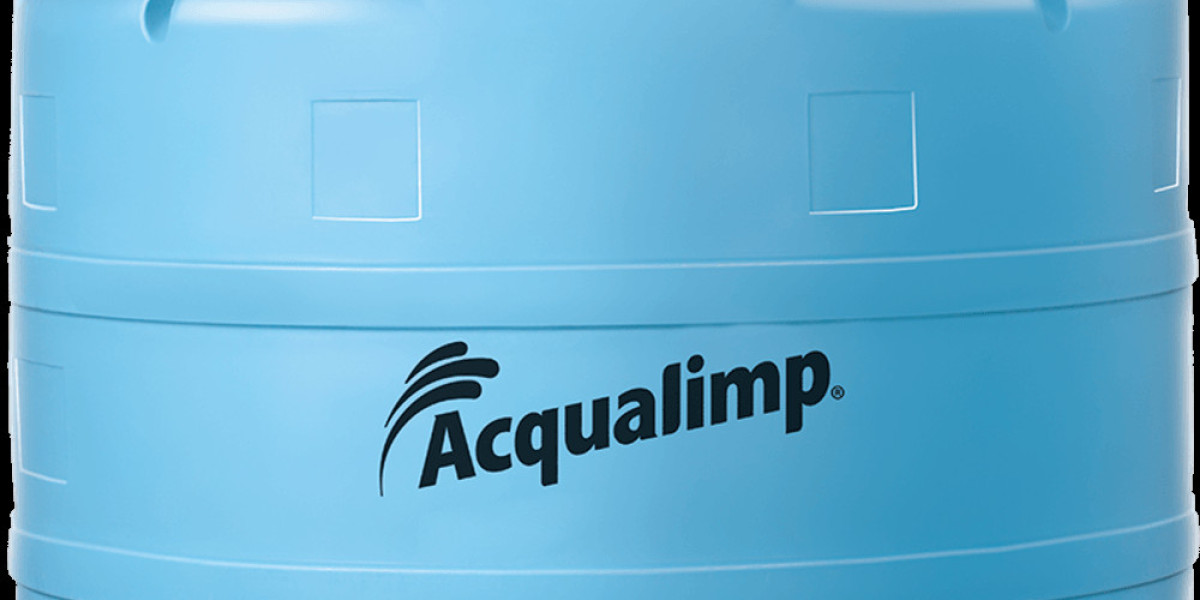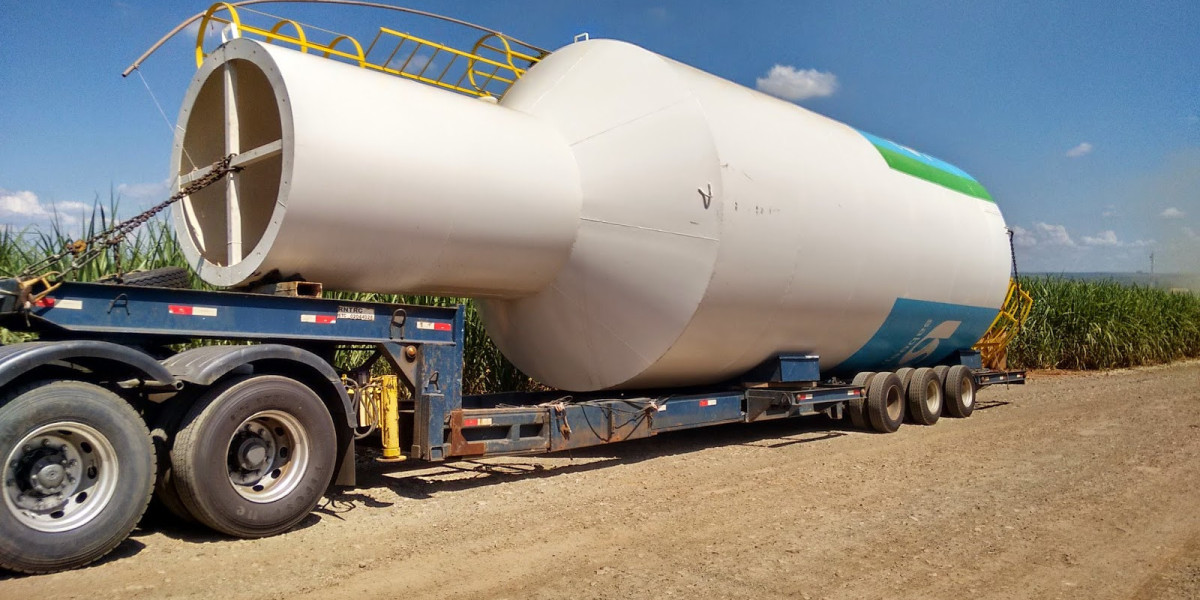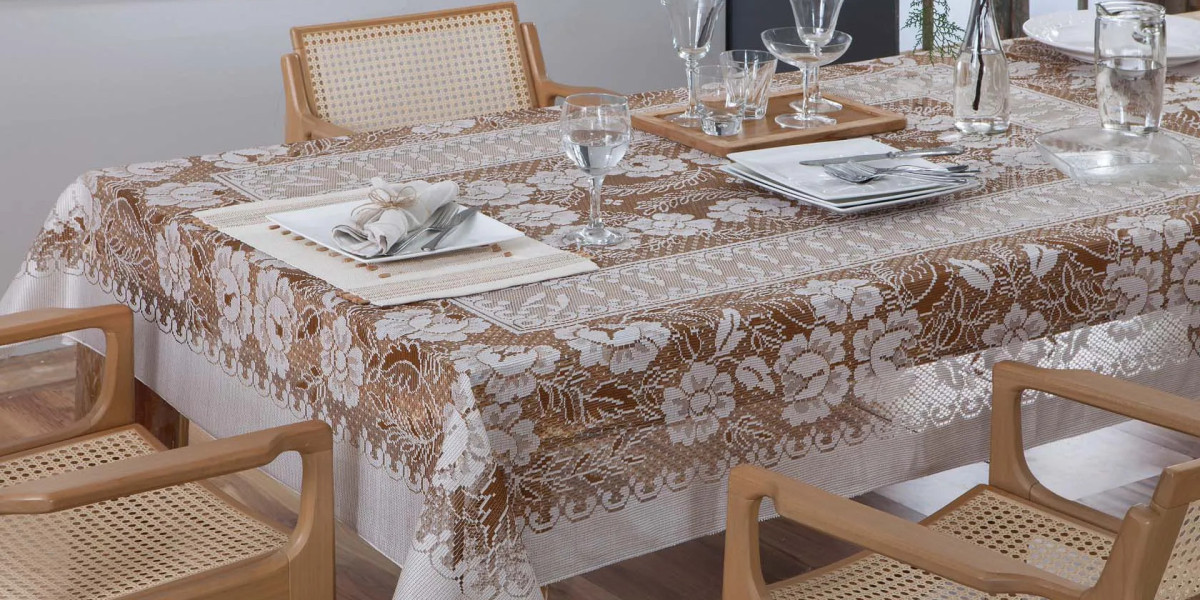Insert molding is a specialized manufacturing process that combines the strength of metal, plastic, or other materials with the versatility of injection molding. By embedding metal inserts into plastic parts during the injection molding process, manufacturers can create strong, durable components for a wide range of applications. This process not only results in high-quality products but also offers numerous advantages, such as reducing waste and improving efficiency. In this article, we will explore how insert molding contributes to minimizing material waste, enhancing productivity, and streamlining production processes.
Introduction to Insert Molding and Its Benefits
Insert molding is a technique in which a pre-formed metal or plastic insert is placed into an injection mold before the plastic is injected around it. The result is a single, molded component that incorporates both the insert and the surrounding plastic material. The insert provides strength, conductivity, or other properties that plastic alone cannot offer. Common uses of insert molding can be found in industries such as automotive, electronics, and medical devices.
One of the primary advantages of insert molding is its ability to reduce waste. By using pre-formed inserts, manufacturers avoid the need to create complex multi-component assemblies. The insert molding process is precise, ensuring that minimal material is wasted during production. Furthermore, the integration of inserts directly into the molding process eliminates the need for additional steps, like manual assembly, that could contribute to material loss and inefficiency.
How Insert Molding Reduces Material Waste
A significant environmental and economic benefit of insert molding is its contribution to reducing material waste. Traditional manufacturing processes often require multiple components to be produced separately and then assembled, leading to additional waste from offcuts and failed parts. Insert molding, however, allows manufacturers to produce the final product in a single step, with little need for secondary operations that could generate waste.
Additionally, insert molding allows for more precise control over the amount of material used. Since the insert is pre-formed to the required shape and size, the plastic injected into the mold can be more accurately measured, reducing excess material usage. The ability to precisely control the molding process ensures that only the exact amount of plastic required for the part is used, minimizing scrap and reducing costs. This streamlined process helps manufacturers optimize their material usage while also contributing to more sustainable production practices.
Insert Molding Improves Efficiency in Production
Insert molding significantly improves production efficiency by reducing the number of steps involved in manufacturing a component. Traditional manufacturing methods may require multiple processes, such as molding, assembly, and welding, to combine various materials into a final product. Insert molding eliminates many of these steps by incorporating the insert directly into the molding process. This integration simplifies the overall workflow, saving both time and labor.
Furthermore, insert molding reduces the risk of errors that can occur during manual assembly. Since the insert is securely embedded within the plastic during the molding process, there is no need for additional handling or joining operations that could introduce defects. The precision of the process ensures that the final component is accurate and ready for use immediately after molding. This increased efficiency not only accelerates production timelines but also results in a more consistent and reliable product.
Reducing Scrap and Increasing Throughput
One of the most notable benefits of insert molding is its ability to reduce scrap and increase throughput. In traditional manufacturing, off-cuts and defective parts can lead to high levels of scrap, which in turn increase costs and waste. By using insert molding, manufacturers can produce complex parts in a single step, with little material loss. This not only cuts down on scrap but also allows for faster production rates, as the need for separate assembly operations is eliminated.
The efficiency of insert molding extends beyond just reducing waste; it also enhances the throughput of production lines. With fewer steps required to produce a finished product, the time needed to create each part is shortened. As a result, manufacturers can increase their output and produce more units in less time, which leads to higher productivity levels. This streamlined process benefits manufacturers by improving their bottom line while also reducing their environmental impact.
The Long-Term Impact of Insert Molding on Sustainability
Insert molding has a profound long-term impact on sustainability within the manufacturing industry. By reducing material waste, improving efficiency, and increasing throughput, this process contributes to more sustainable production practices. Manufacturers can minimize their carbon footprint and reduce their reliance on raw materials, leading to lower production costs and less environmental impact.
In addition to the direct benefits, insert molding encourages the adoption of more sustainable materials. Since the process is highly customizable, manufacturers can select materials that are not only cost-effective but also environmentally friendly. For example, bioplastics or recycled materials can be used in conjunction with metal inserts to create products that meet both functional and environmental standards. The long-term adoption of insert molding will play a crucial role in helping industries meet their sustainability goals while maintaining competitive advantage in the marketplace.
Conclusion
Insert molding is a game-changer in the world of manufacturing, offering significant advantages in terms of reducing waste, improving efficiency, and increasing productivity. By integrating metal or other inserts directly into the molding process, manufacturers can eliminate unnecessary steps, reduce material waste, and streamline production workflows. The precision of the process not only cuts down on scrap but also helps manufacturers produce high-quality, durable components quickly and cost-effectively. Furthermore, the long-term sustainability benefits of insert molding make it an essential tool for manufacturers striving to meet environmental goals while staying competitive. As industries continue to adopt more sustainable practices, insert molding will undoubtedly play a key role in shaping the future of manufacturing.







